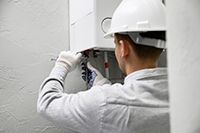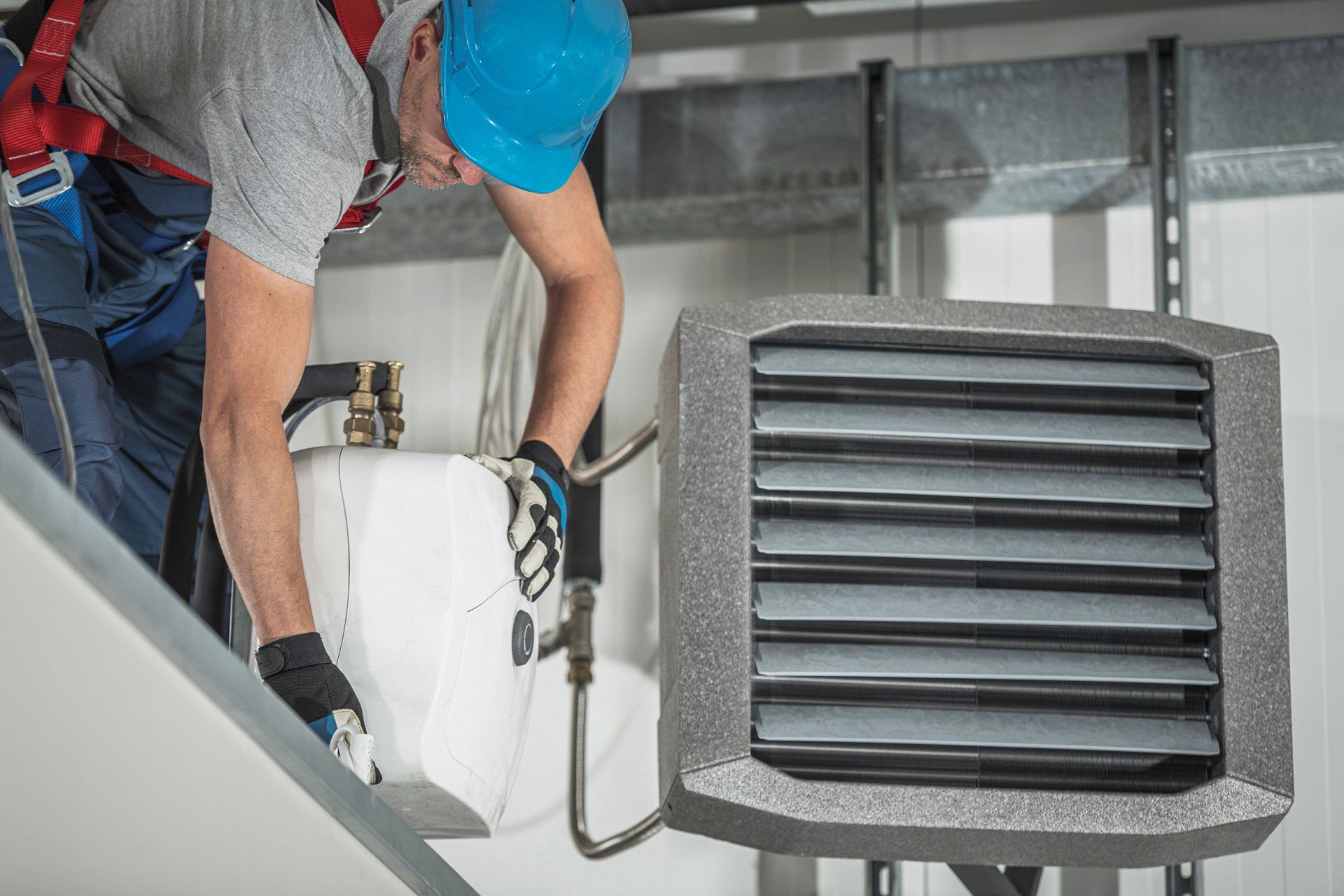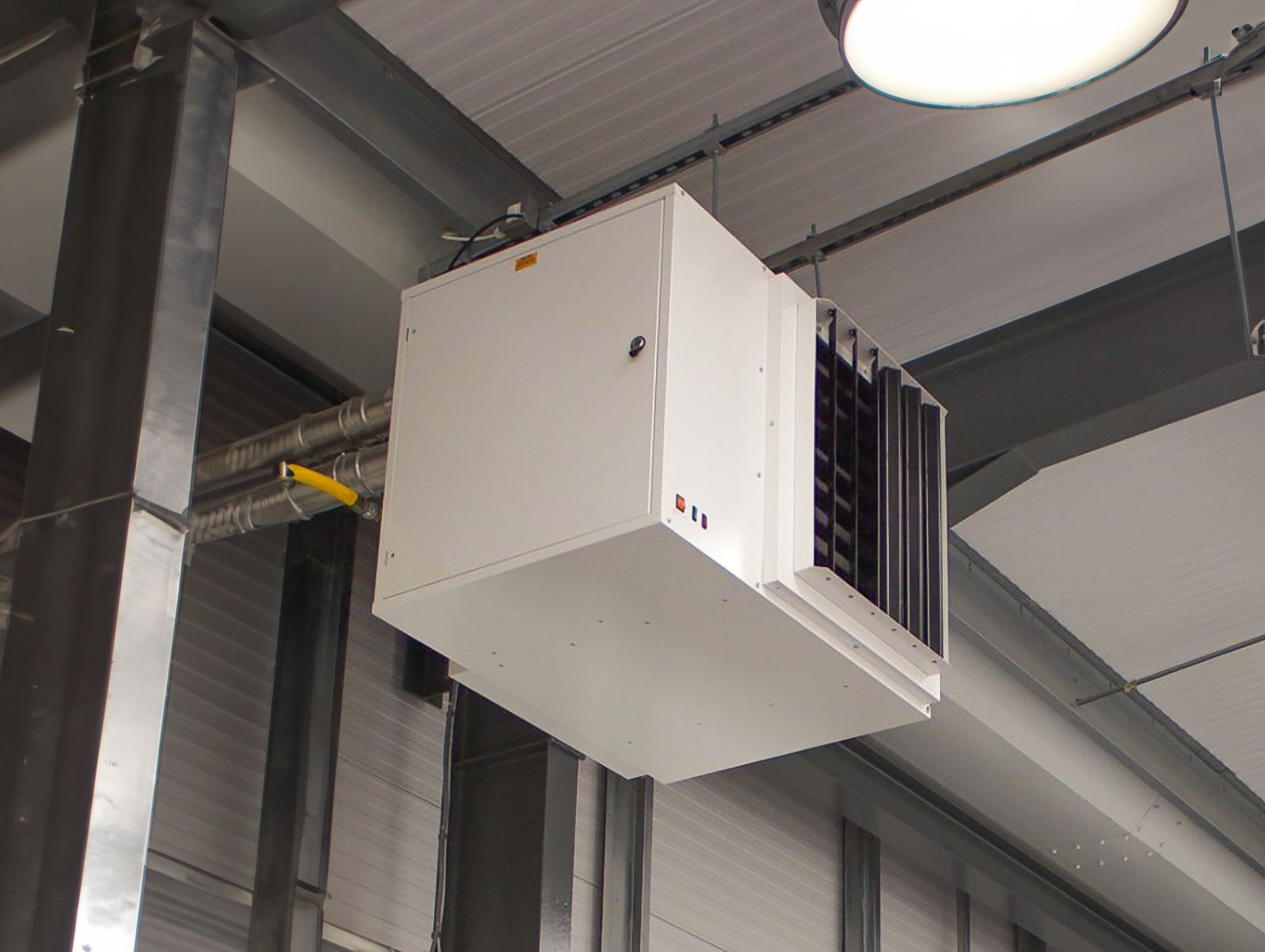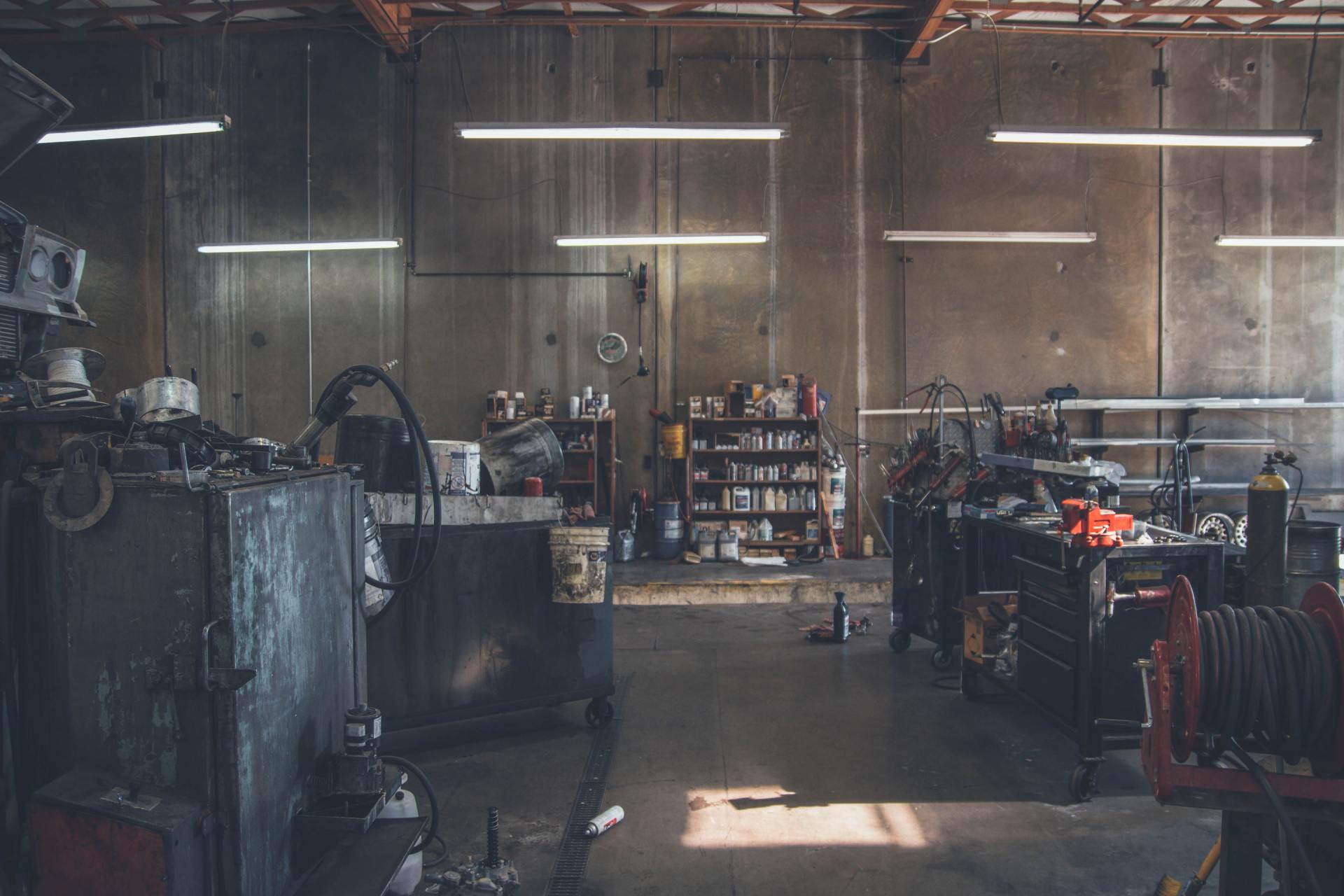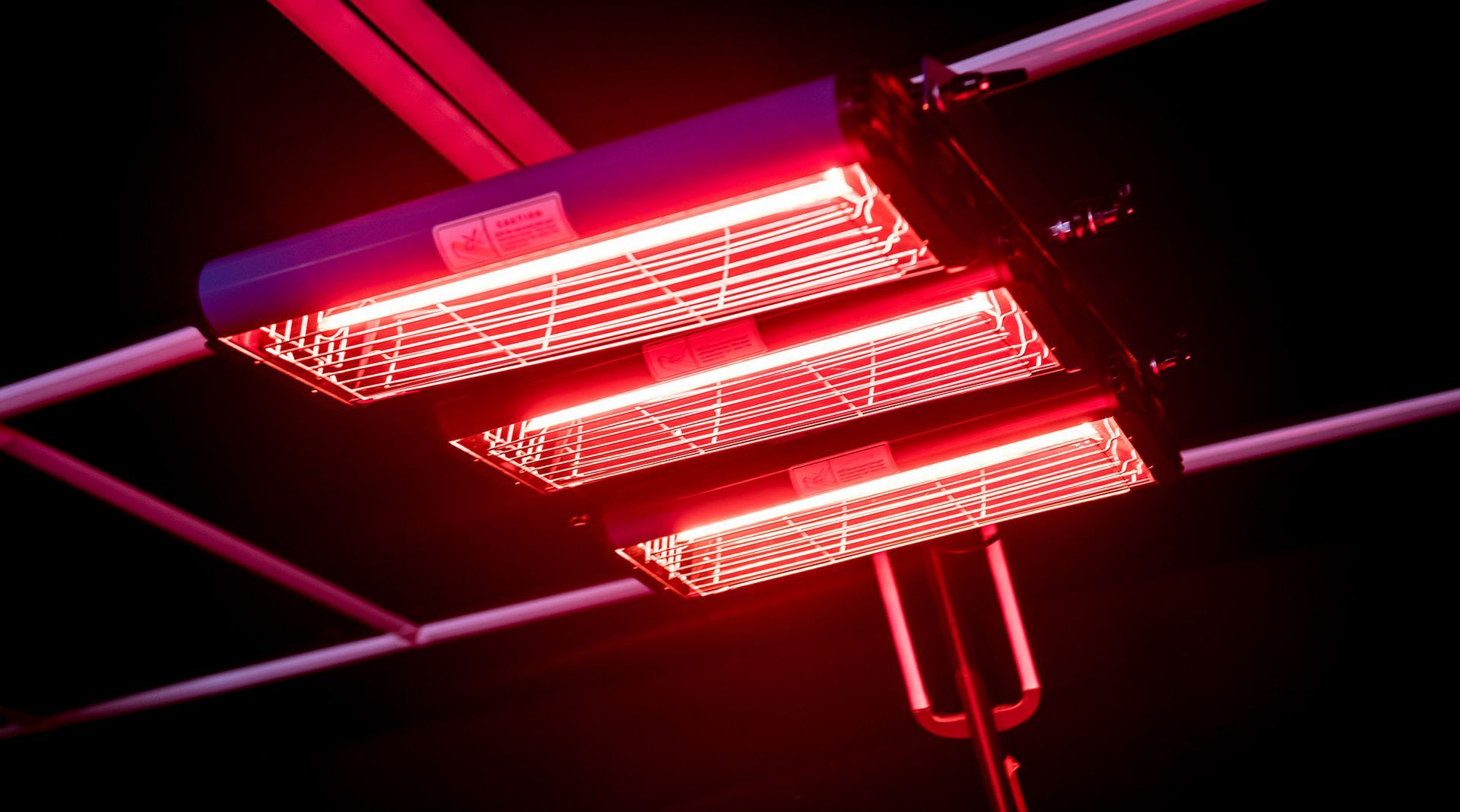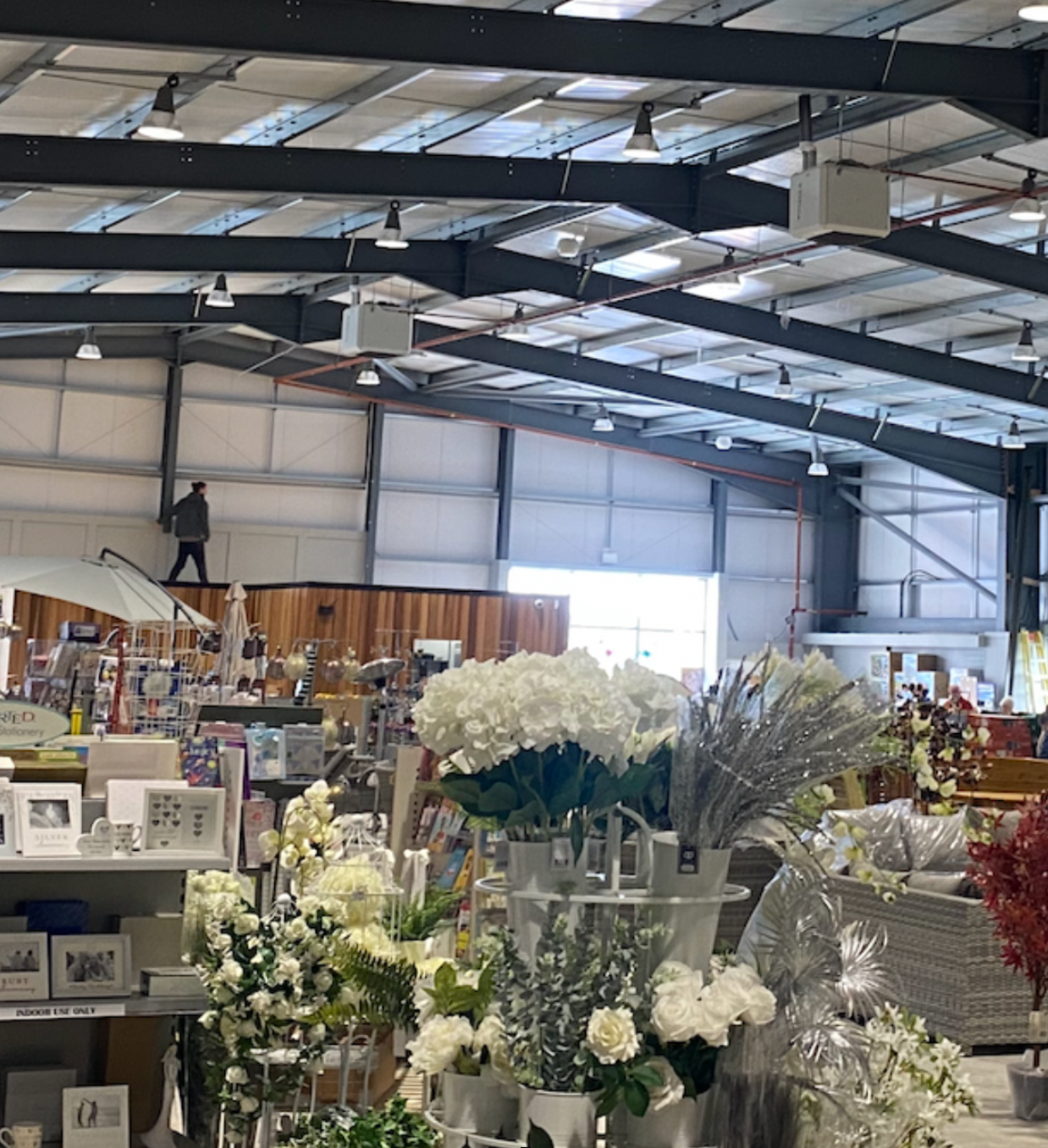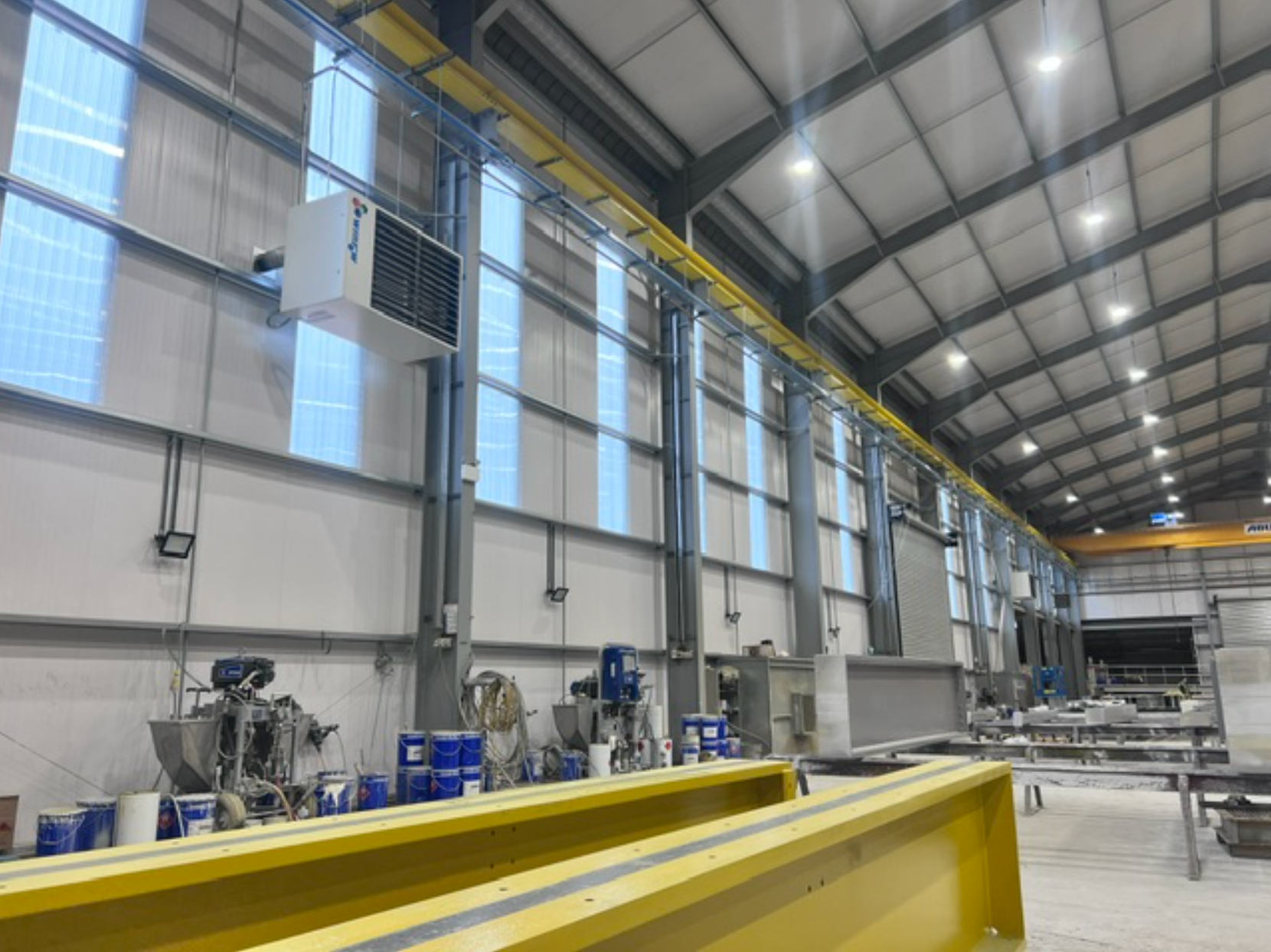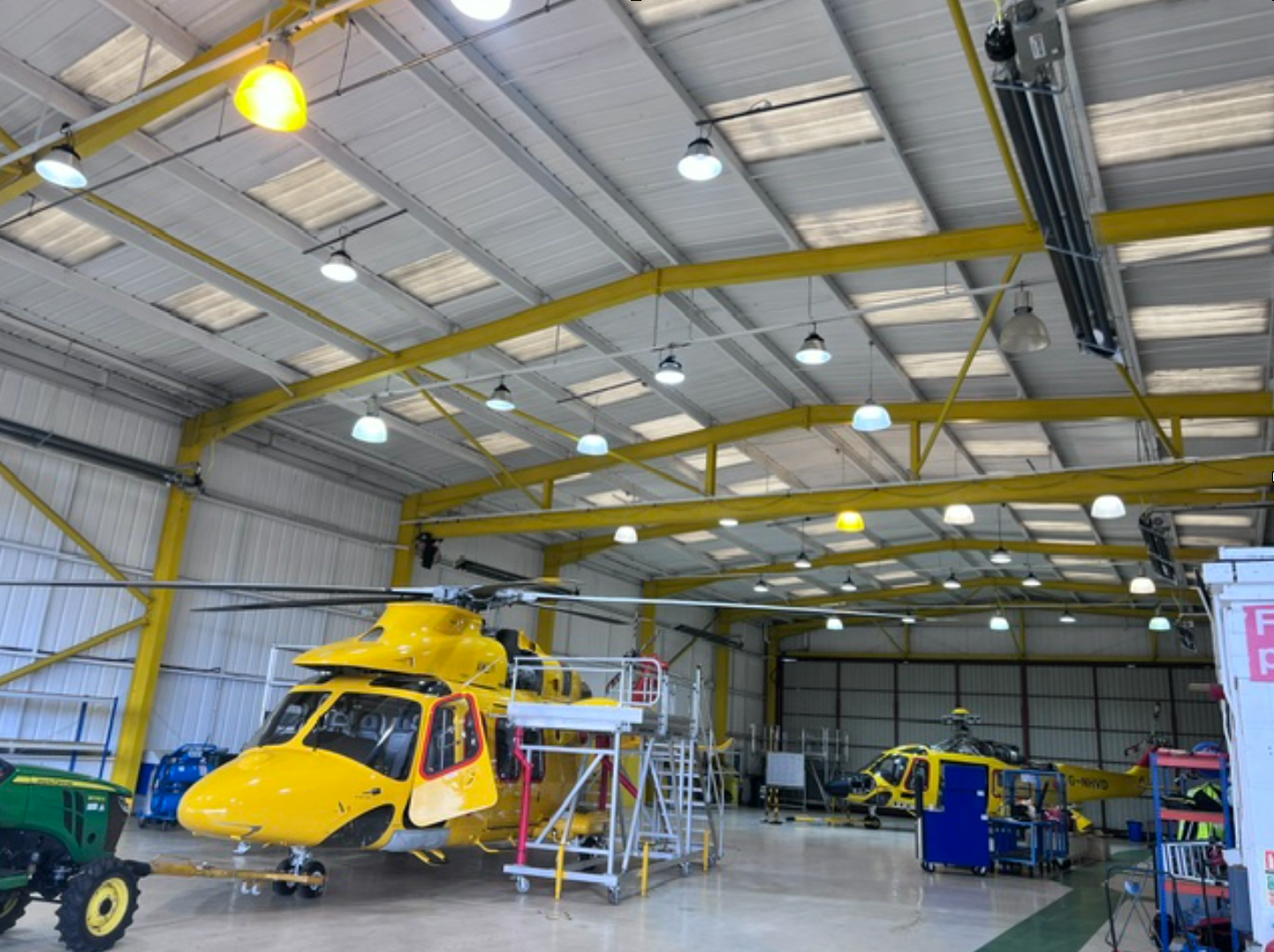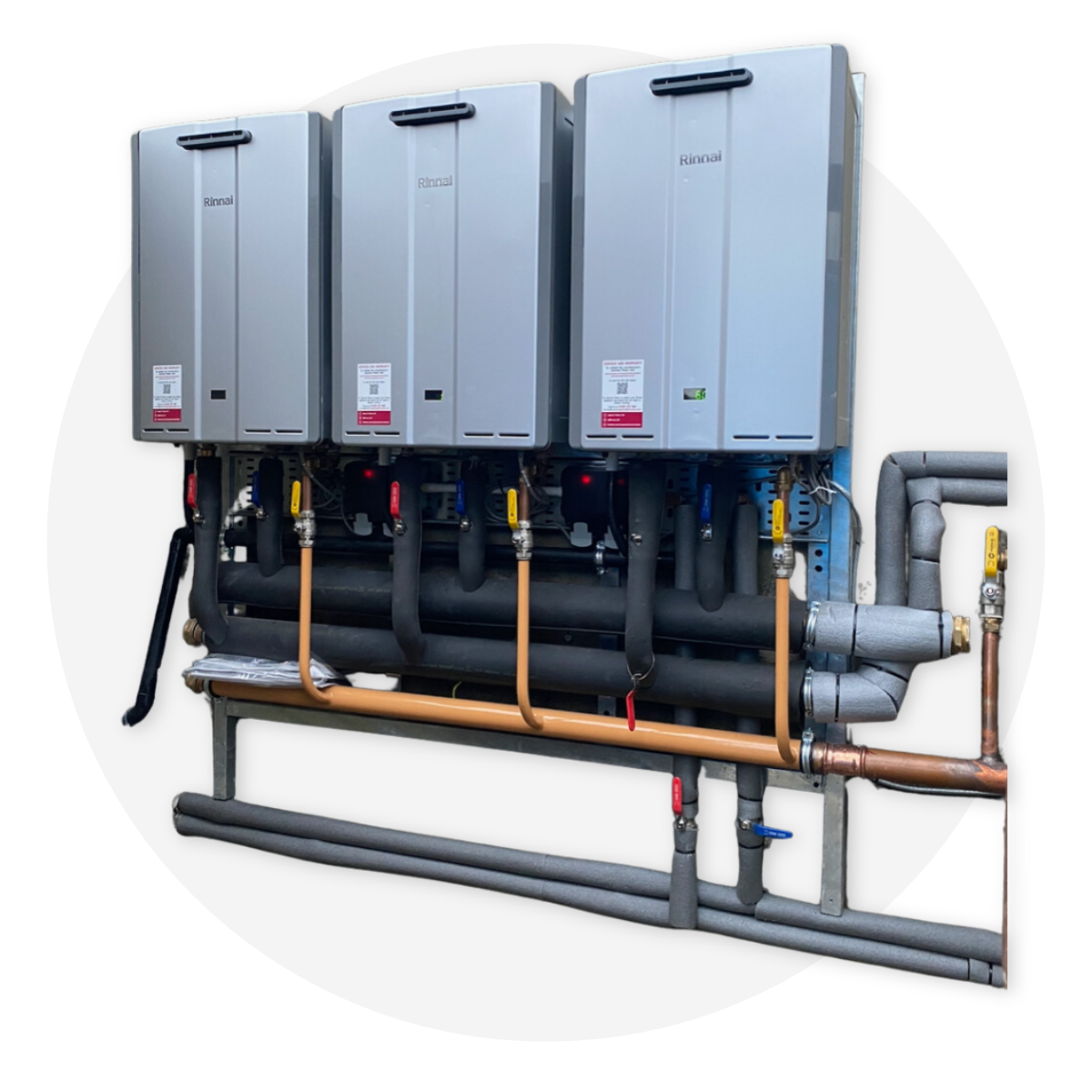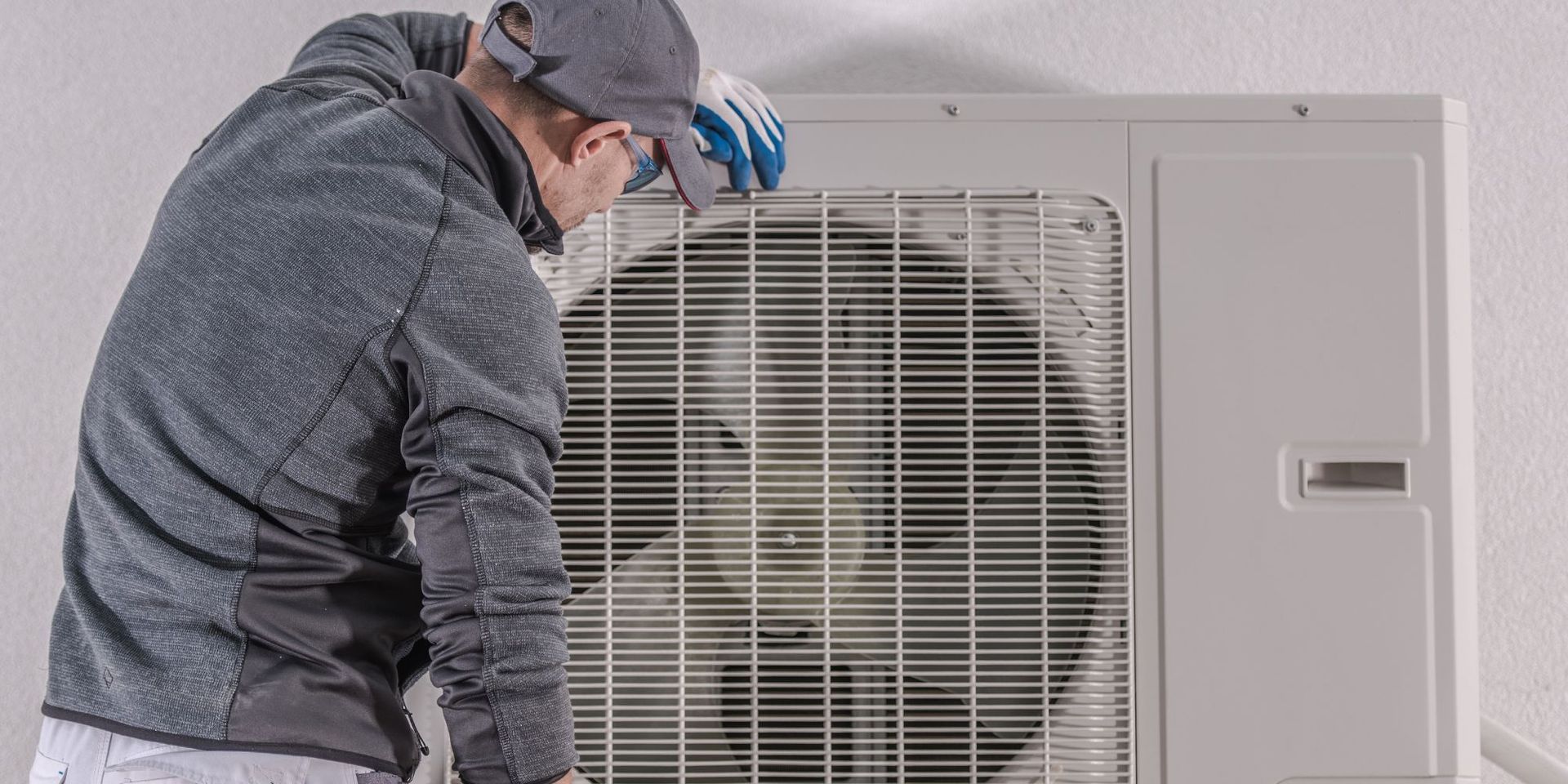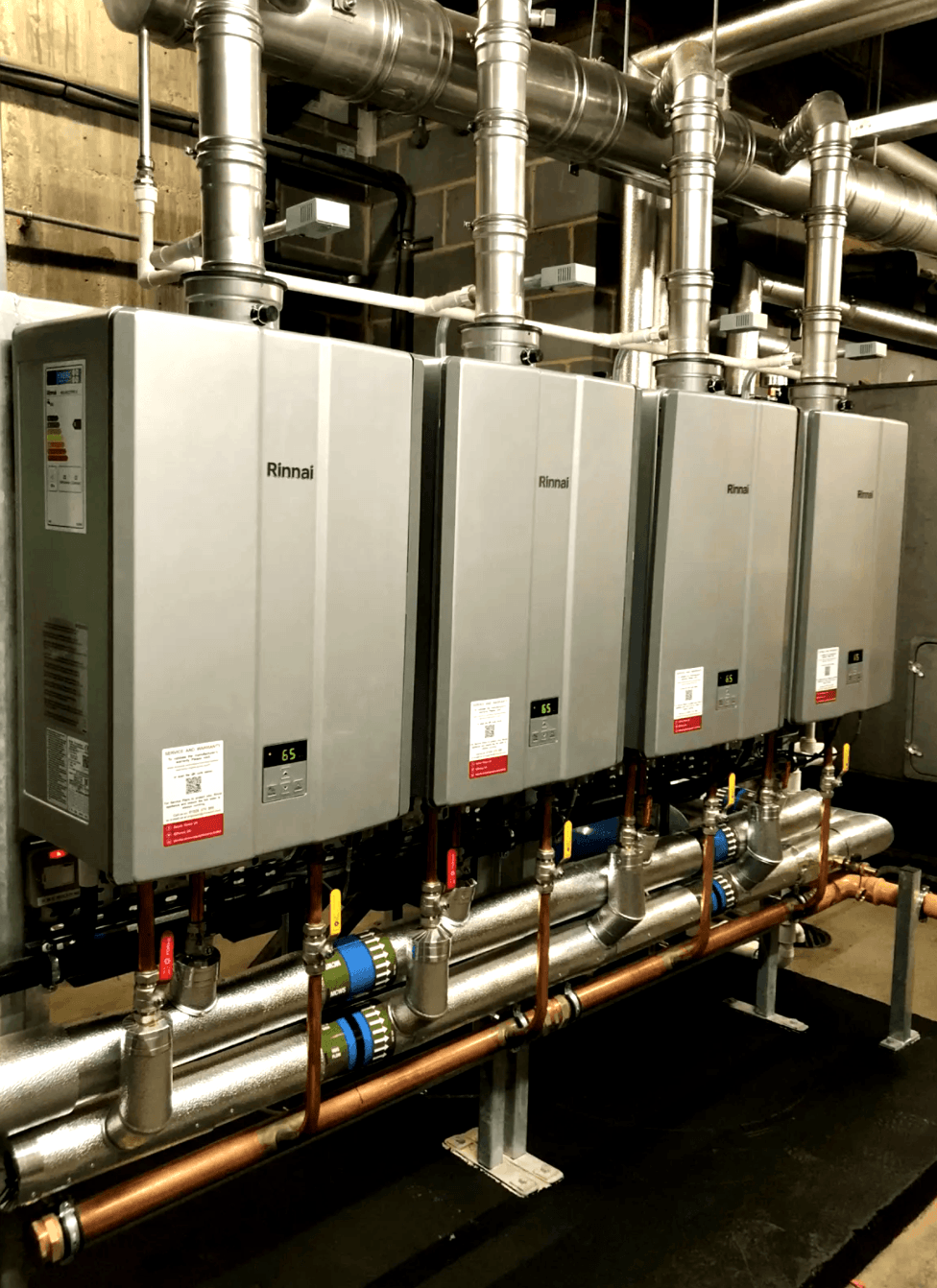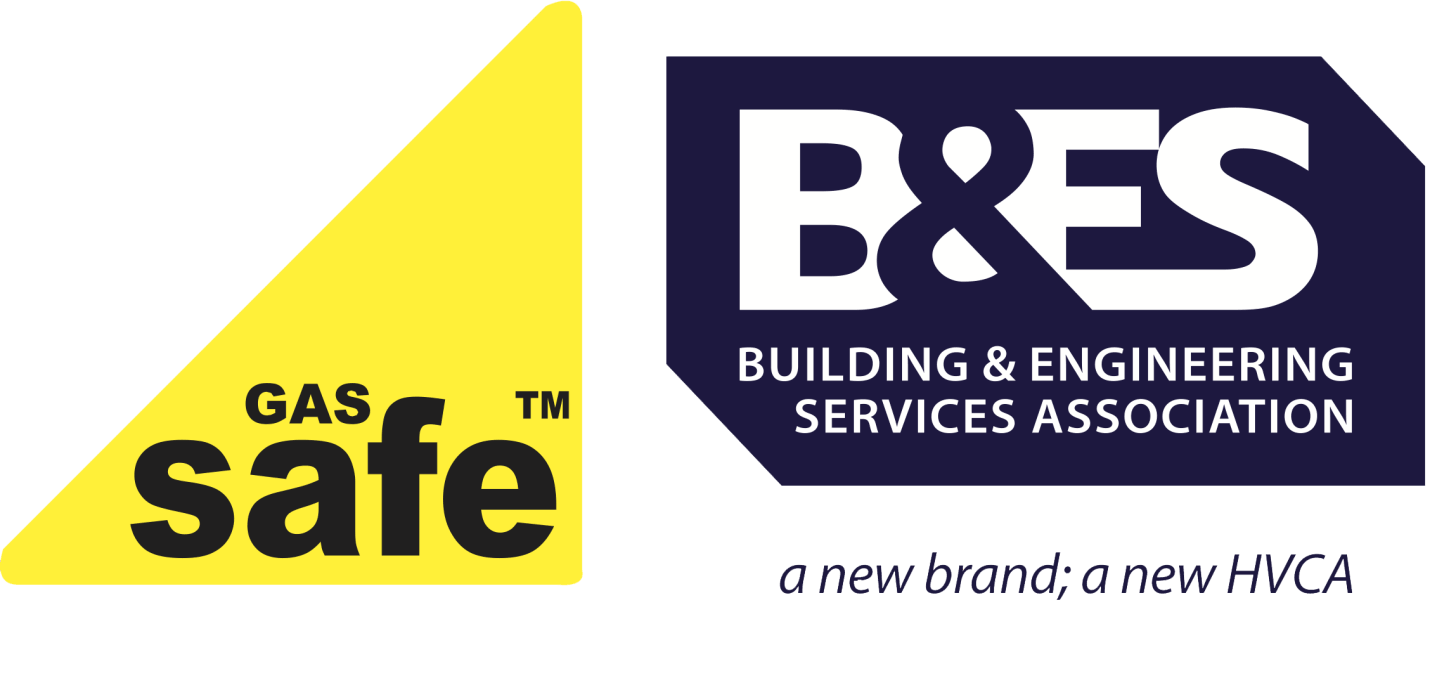Industrial Heating Installations for All Types of Workshops
Providing efficient heating presents a number of challenges for large spaces like workshops. Inefficient systems not only lead to poor heat distribution but also result in higher operating costs. As a plant manager or workshop owner, improving the efficiency of industrial heating equipment needs to be a priority.
A common objection is that industrial heating equipment has a high initial cost. But the increased efficiency will save your workshop more in the long-term. High-efficiency equipment uses less energy and generally costs less to operate than its older counterparts. These systems are also built to last, which means you can rely on them without having to worry about costly repairs.
The need to reduce our carbon footprint has never been higher. Industrial heating systems that are more efficient are also better from an environmental standpoint. Efficient systems ultimately mean lower energy consumption, which benefits the environment.
So how can you efficiently heat a workshop and maintain comfortable working temperatures? Here we’ll look at several workshop heating solutions that are specifically designed for industrial environments.
Warm Air Heating
Warm air heating offers a popular solution for heating large spaces like industrial workshops. These systems work by drawing air through a heat exchanger to increase its temperature. A fan then evenly distributes the warm air throughout the space to prevent any cold spots.
Warm air heaters can be gas or oil-based with floors units available. If floor space is at a premium, these heaters can also be suspended from the roof or mounted on the wall.
Radiant Heating
Radiant heaters are available in two configurations – suspended tubes or plaque heaters. Both systems work by emitting infrared radiation, which warms people and nearby objects. A distinct difference is that radiant heaters do not warm the surrounding air like warm air heaters do. However, if your workshop opens up outside, then radiant heating is your best option.
Radiant heaters are very energy efficient, as you can easily direct heat to where it’s needed. Rather than heat an entire workshop, these units can be used to heat specific workspaces or areas. This helps to significantly reduce your overall energy usage.
Destratification Fans
Workshops that have high ceilings and use warm air heaters have to contend with the fact that some of the warmed air will rise to the top. This can lead to an uneven distribution of heat and result in higher energy usage. The answer is to suspend destratification fans from the ceiling where the warm air can be recirculated to the floor space.
Which Industrial Heater Is Right for You?
Which heater you install for your workshop depends on many factors. Warm air heaters work well for larger spaces, as they provide an even distribution of heat. However, these units need to be spaced apart to keep the entire area heated and you may need multiple units depending on how large the workshop is. Radiant heaters allow you to easily direct heat but these systems are not always practical for certain applications.
Whichever system you choose for your workshop, it’s best to leave these installations to an experienced professional to ensure they’re installed correctly. To find out more about industrial heating solutions for workshops or to request a quote for your project, contact Winrow today on 08000 588035.
Share This Post.
Latest News | Winrow Industrial Heating

